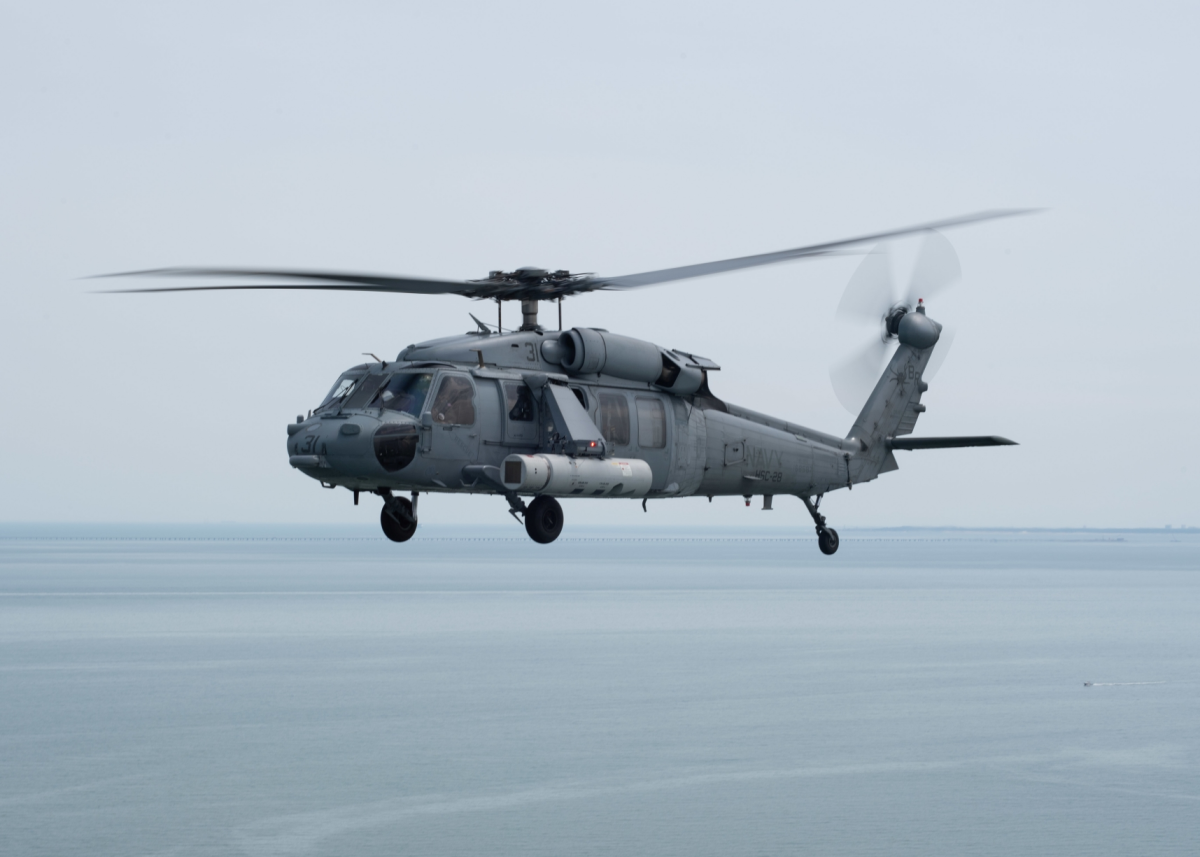Copyright Newsweek

Japan and South Korea, United States security allies in Northeast Asia, have recently strengthened their mine warfare capabilities amid China's growing naval presence. The Chinese Foreign Ministry did not immediately respond to a request from Newsweek for comment. Why It Matters Chinese warships have frequently been spotted near Japan, an important U.S. ally in the Pacific island chains, including a circumnavigation of Japanese territories earlier this month. The Chinese military also maintains a strong vessel presence in disputed Yellow Sea waters, which South Korea views as an attempt to militarize the area. What To Know A naval mine, an explosive device deployed in the water, is designed to destroy ships and submarines and to deny the enemy access to specific ocean areas or confine them to certain locations. In addition to minelaying, minesweeping—the ability to detect and remove mines to clear safe passages—is a key element of naval mine warfare. As part of its military buildup, China operates the world's largest navy by number of vessels, with more than 370 ships and submarines. The naval fleet allows Beijing to expand its military presence across the Western Pacific, where the U.S. has developed the island chain strategy to deter and defend against potential Chinese aggression. U.S. defense contractor Northrop Grumman said on October 15 that the first Airborne Laser Mine Detection System (ALMDS) sensor pod has been delivered to South Korea, supporting the country's Korean Mine Countermeasures Helicopter program. The ALMDS, in service with the U.S. Navy and the Japan Maritime Self-Defense Force, can rapidly detect and classify naval mines in coastal waters from helicopters, providing precise target geolocation for mine elimination, Northrop Grumman added. The ALMDS was developed in response to naval mines, which Northrop Grumman described as "attractive weapons" used to hinder sea control and power projection. The sensor pod will help ensure South Korea's safety and security, the company said. Facing an increasingly severe security environment, the Japan Maritime Self-Defense Force conducted a tactical drill in the Philippine Sea south of the Sakishima Islands, in Japan's southwestern waters near Taiwan, that included a mine warfare exercise. The Joint Staff Office under Japan's Defense Ministry said the October 3 drill aimed to demonstrate Japan's resolve not to tolerate unilateral attempts to change the status quo by force, strengthen regional deterrence and improve its operational capabilities. The status quo mentioned here likely refers to tensions across the Taiwan Strait. Communist China claims sovereignty over Taiwan—despite never having ruled the self-governed island—and has threatened to use force to achieve reunification. The defense outlet Naval News said the minelaying drill may have been conducted in response to China's naval activities in the Bashi Channel, a chokepoint between Taiwan and the Philippines that connects the South China Sea and the Philippine Sea. In addition to Japan, Taiwan, the Philippines and the Bashi Channel are part of the First Island Chain. The Chinese navy has frequently sent vessels, including aircraft carriers, through the channel into waters east of the chain for operations near Taiwan. What People Are Saying Janice Zilch, vice president of multidomain command and control programs at Northrop Grumman, said in a press release on October 15: "ALMDS exemplifies Northrop Grumman's ability to deliver trusted technology for critical missions, consistently performing where it matters most. Our collaboration with [Korea Aerospace Industries] shows our commitment to advancing defense capabilities together with Korean industry and delivering vital capabilities, ensuring the safety and security of our allies." The defense outlet Naval News commented in an article on October 16: "The Bashi Channel has attracted growing attention among Japan's defense community in recent years because it serves as one of the routes by which Chinese military aircraft and surface ships transit from the South China Sea toward the Pacific … and one cannot rule out the possibility that Chinese ships and aircraft would transit there to approach Japan's archipelagic islands." What Happens Next The naval arms race between China and U.S.-led Pacific alliances is likely to intensify. Washington may supply additional weapons to strengthen its allies' capabilities.



